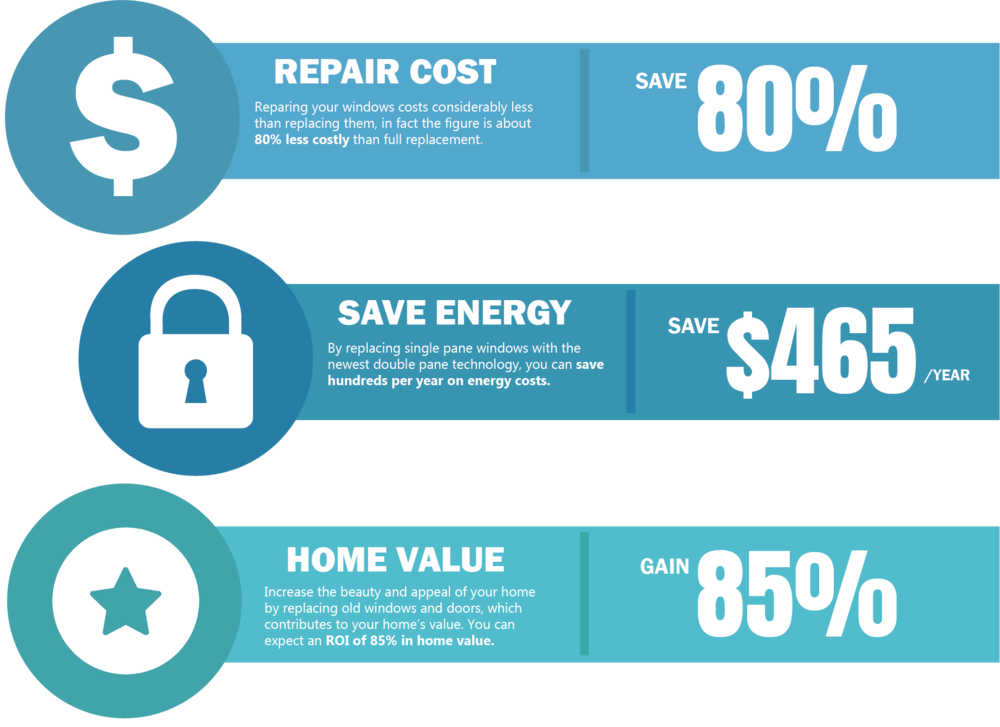The Most Efficient Pressure Washing Practices For Every Surface Classification
The Most Efficient Pressure Washing Practices For Every Surface Classification
Blog Article
Material By-Coley Puckett
When it involves pressure cleaning, the method you pick can make all the distinction in accomplishing a clean, streak-free surface. You could find that difficult surface areas, like concrete, call for a different method than softer materials, such as timber or plastic. It's important to adjust your techniques to the surface area kind to stop damages while optimizing cleansing effectiveness. So, what are https://officecleanerscompanynear98876.ambien-blog.com/38908141/determine-one-of-the-most-effective-cleaning-regimen-for-your-windows-throughout-the-periods-to-enhance-both-the-elegance-and-efficiency-of-your-home-your-clear-sight-is-on-the-horizon for every surface, and exactly how can you guarantee you're making use of the ideal settings and devices for the task? Let's discover what you need to recognize to get the best results.
Hard Surfaces
When it involves pressure cleaning tough surfaces, prep work is key. Before you also think about pulling out the pressure washer, put in the time to remove the location of any type of particles, furniture, or obstacles. You don't want anything entering your method or possibly harmful your equipment.
Next, inspect the surface area for any kind of splits or damage; this will assist you identify the best technique and stress settings.
When you've prepared the area, it's vital to select the appropriate nozzle. For https://blindcleanersnearme11110.answerblogs.com/32730467/the-worth-of-cleaning-windows-in-cold-climatic-issues like concrete or block, a narrow nozzle (15 or 25 levels) works best to supply a focused stream of water that can effectively get rid of grime and spots. Constantly start at a distance and progressively move better to stay clear of any type of surface area damage.
As you begin washing, maintain the stick relocating to protect against touches and over-saturation. It's additionally practical to work from the top down, permitting dust and debris to remove normally.
Ultimately, keep in mind to wash the surface area completely after cleaning up to remove any remaining cleaning agent. With these techniques, you'll attain a tidy and refreshed appearance on all your tough surface areas.
Soft Surfaces
Stress cleaning soft surface areas calls for a gentler method to safeguard them from damage. Whether you're cleansing your deck, patio area furnishings, or exterior siding, using too much pressure can lead to damages, scratches, or perhaps irreparable injury.
Begin by picking a low-pressure nozzle, ideally a 25-degree or larger spray pattern, to disperse the water a lot more gently.
Before you start, it's essential to pre-treat any kind of spots with an appropriate cleaning remedy. browse around this website allows the cleaner to penetrate the dirt and gunk, making it simpler to remove without rubbing too hard.
Constantly apply the remedy from the bottom as much as prevent spotting.
When you start stress washing, keep a range of at least 12 to 18 inches from the surface. Move your wand in a sweeping movement, keeping it alongside the surface to avoid concentrated stress on one area.
Rinse the area thoroughly after cleaning to remove any kind of residual cleanser.
Finally, inspect the surface for any missed out on places and repeat the procedure if needed. By complying with these steps, you can successfully clean soft surfaces while maintaining their integrity and look.
Specialty Surfaces
Cleaning soft surface areas requires treatment, yet specialty surface areas demand much more attention to information. When you take on these surfaces, like delicate wood, stained concrete, or specific sorts of siding, using the right stress washing strategies is vital to avoid damages.
Initially, examine https://www.express.co.uk/life-style/property/1628542/cleaning-tips-hacks-mattress-Mrs-Hinch-fans-remove-stains-carpet-cleaner . For instance, dealt with wood can typically endure modest stress, yet softer woods like cedar may call for a lower setting. Constantly start with the lowest pressure and slowly boost if required.
For tarnished concrete, use a fan spray nozzle and maintain a constant range to prevent engraving the surface.
When dealing with surface areas like plastic siding or repainted surfaces, a vast spray pattern helps disperse the pressure uniformly, protecting the finish.
It's also wise to utilize detergents especially designed for specialized surface areas. They can boost cleaning without endangering the product.
Rinse completely after washing to remove any residue, as it can cause staining or deterioration over time.
Final thought
In conclusion, grasping stress cleaning strategies for different surface areas can make all the difference in your cleansing outcomes. For tough surfaces, adhere to slim nozzles and a top-to-bottom approach, while soft surfaces need a gentler touch with larger nozzles. Do not fail to remember to pre-treat stains and wash completely to avoid deposit. By adjusting your methods to every material, you'll not only attain a cleaner coating yet additionally safeguard the integrity of your surface areas. Satisfied cleaning!
